Clive Benton’s Bedford TM restoration has been 10 years in the making, but the result is a brilliant Bedford. Peter Simpson tells the story of how, and why…
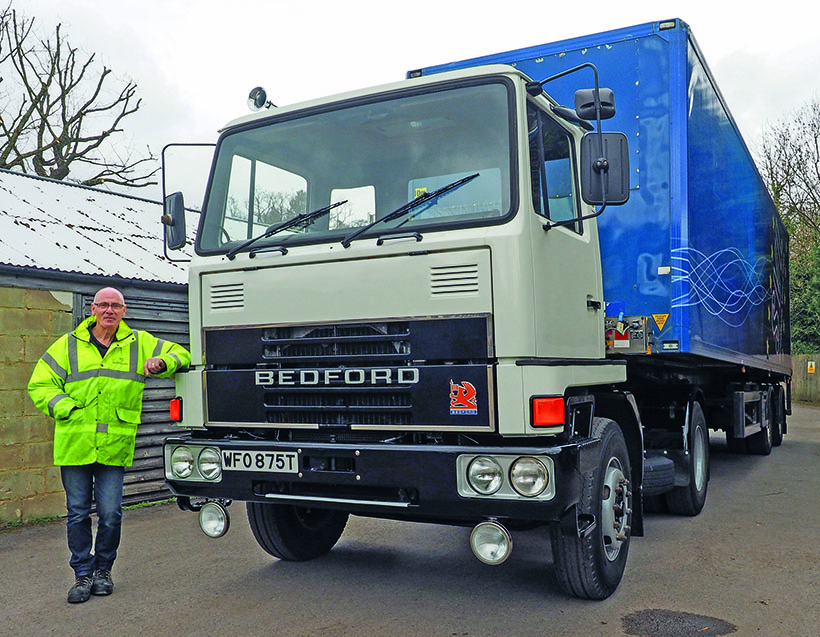
Surrey-based Cliff Benton had one objective when, back in the early 1970s, he started in road haulage. He wanted to own, and operate, his own lorry and, thanks to hard work and determination, he’d achieved that by the time he was 25. What’s more, despite more than a few difficulties along the way, he went on to make a massive success of it, and has remained in the industry – as his own boss – ever since.
Like so many others at the time, Cliff found Bedfords to be the ideal lorries for owner-drivers, and quickly came to respect their reliability, value-for-money and ease of repair. His first was a KM, but it was followed by two TMs. Consequently, when it came to choosing a preserved pet to take into retirement as a hobby-lorry, there really was only one make in the running…
Unusual history
This particular TM has a rather unusual history which, in turn, made for a slightly unusual restoration. We’ll come back to that in a moment, though. First, as this is something of a personal story, we need to put Cliff’s TM into context.
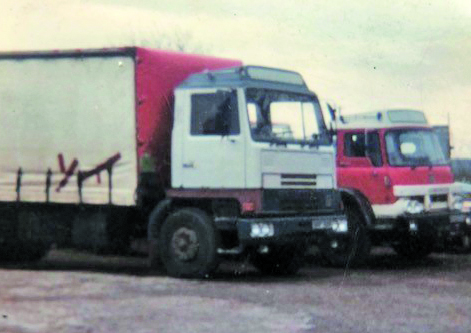
Before taking his HGV test but after, in his own words, being ‘asked to leave’ technical college, Cliff had worked with his father. Dad was what would today be described as an ‘entrepreneur’, and had a number of businesses around the Redhill area; a garage specialising in crash repairs, a small removal company and a café, to name just three. In time, he went into haulage, with a 1968 BMC tractor unit.
As for Cliff, he took his HGV training and test in a Ford D800 artic, with Southern Motor Schools of Coulsdon. He then drove for his father for a short time, before moving to SG Griffiths – a tipper company based in Cheam. At this time, a lot of road construction work was happening locally, and Griffiths had contracts to work on several of these, including the Surrey section of the M25 and M23 motorways, plus the A3 Esher bypass.
This was hard work but well-paid, with lots of overtime on offer, and Cliff’s objective – with his father’s full agreement – was to save enough money to buy the BMC and set up on his own. This, as noted earlier, was achieved quite quickly.
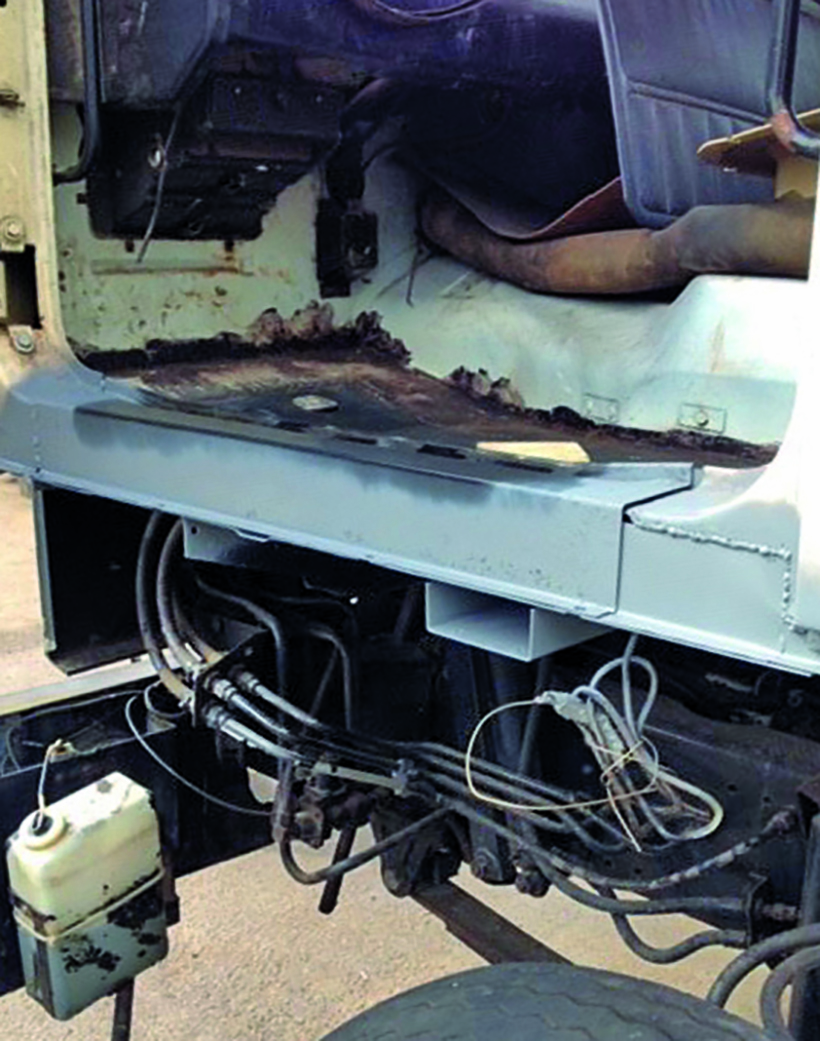
At first, he worked mainly for Reigate-based Buckland Sand, mainly on local-ish delivery work, though there was the odd, longer run; in fact, his first run as a self-employed contractor was to deliver a load of sand to Bridport. These were all bagged loads, too, that were loaded and unloaded by hand.
After a couple of years, and with more long-distance work in the offing, Cliff replaced the BMC with a five-year-old KM, obtained from Tates, the Bedford main dealer in Crawley. Over the next two to three years the KM, with a 29ft flat semi-trailer, was used on a variety of work, with fruit and veg out of Newhaven docks and return loads of whatever from wherever, the main source of income.
A bad decision
When the time came to replace the KM, Cliff made what he now freely admits was a bad decision; he bought a Spanish Dodge which was ‘constantly breaking down’. Consequently, he returned to Tates and came away with a nearly-new, ex-demo Bedford TM V8 32-ton tractor unit. This was a good lorry and reliable, but the V8 meant it was thirsty. This was a difficult time for business generally, and Cliff suffered a major setback when two regular customers went bust, owing him a lot of money.
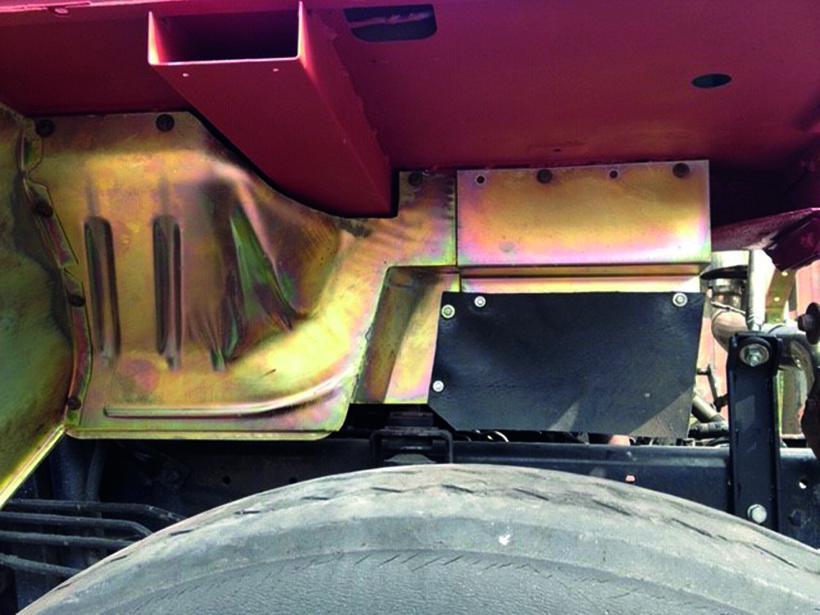
As a result of losing both the work and the money owed, he nearly went under. However, he managed to carry on and, to cut costs, arranged for a friend to use the TM in return for covering the hire-purchase payments. Cliff, meanwhile, managed to buy a 1967 Commer two-stroke for just £50. He put into working order and, amazingly given that the lorry was already 20 years old, used it to travel all over the country while waiting for things to sort themselves out. The old Commer did anything and everything asked of it and, by the late 1980s, Cliff was able to return to Tates once more – now part of Evans Halshaw – and buy a late TM. But, this time, he chose a rigid rather than a tractor unit.
This was then operated up to 1995. By the md-1990s the haulage scene was changing dramatically, and it was becoming increasingly difficult for one-man, owner-driver businesses to compete for work with large operators. So Cliff decided to specialise. Consequently, in 1998, he established CB Pallets which, over the next 20 years, became a highly successful business employing five staff – as an owner-driver his only permanent ‘employee’ had been his wife, Sue, who ran the accounts side.
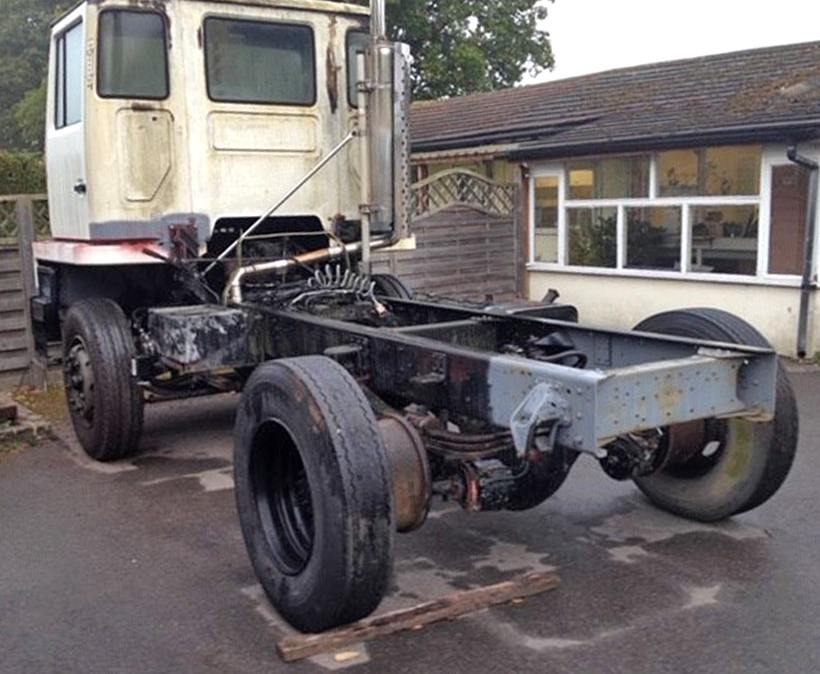
Overseas options
By this point, Bedfords of the age he needed to work, were no longer available, so he had to look elsewhere, and elsewhere meant overseas. As a result, a Mercedes 814 was bought, and he has subsequently used various MANs, DAFs and Volvos, including a pair of FL6s and an FM9. Since June 2019, with Cliff now ‘close to being officially retired’, CB Pallets’ transport needs have been contracted out to Lawrence Transport and, although still working three or four days a week, Cliff now has more time for his hobbies.
This, conveniently, brings us back to the 1979 TM that’s the reason we’re here. Cliff bought it 10 years ago and, it’s basically been under restoration ever since, finally being finished earlier this year. It’s not, however, been worked on constantly throughout that time. Rather, it’s always been a spare-time, background project, attended to when there was time, but sometimes left for weeks or months when the pallet business got busy. At the end of the day, the TM is a hobby, and business always comes before hobbies.
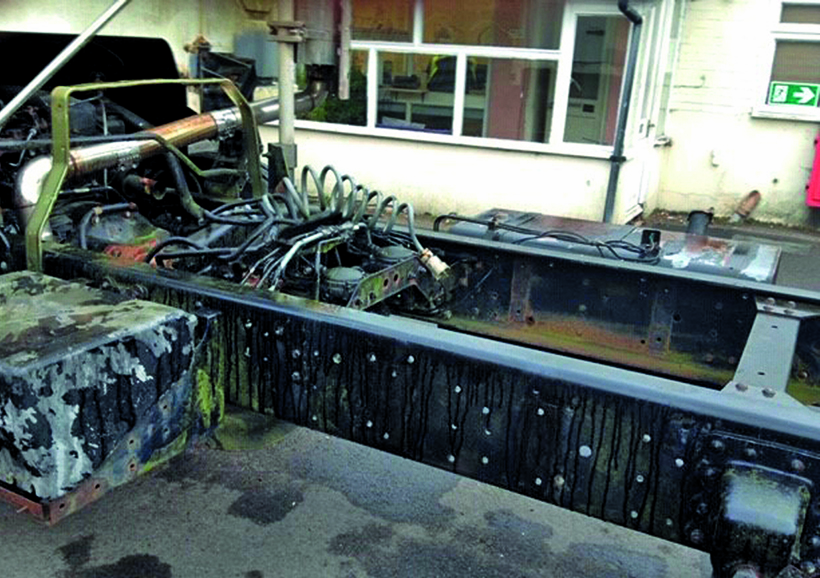
As indicated earlier, Cliff’s TM seems to have a rather unusual history, though not everything is known and, if anyone reading this is able to provide further details or clarification, we’d be very interested to hear about it. Anyway, it was first registered on January 1st, 1979, and supplied to the Road Transport industry Training Board (RTITB), though how long it spent there – and what precisely it did – isn’t known.
So far so good. The curious thing, though, is that it never seems to have had an MoT. Not one… ever. In fact, when Cliff tried to book a test – something which has now been overtaken by events, of course – the only trace of the Bedford on the DVSA database was a ‘test due’ date of 1.1.1980! This, of course, is one year after it was first registered and, therefore, the date when the first test would be due.
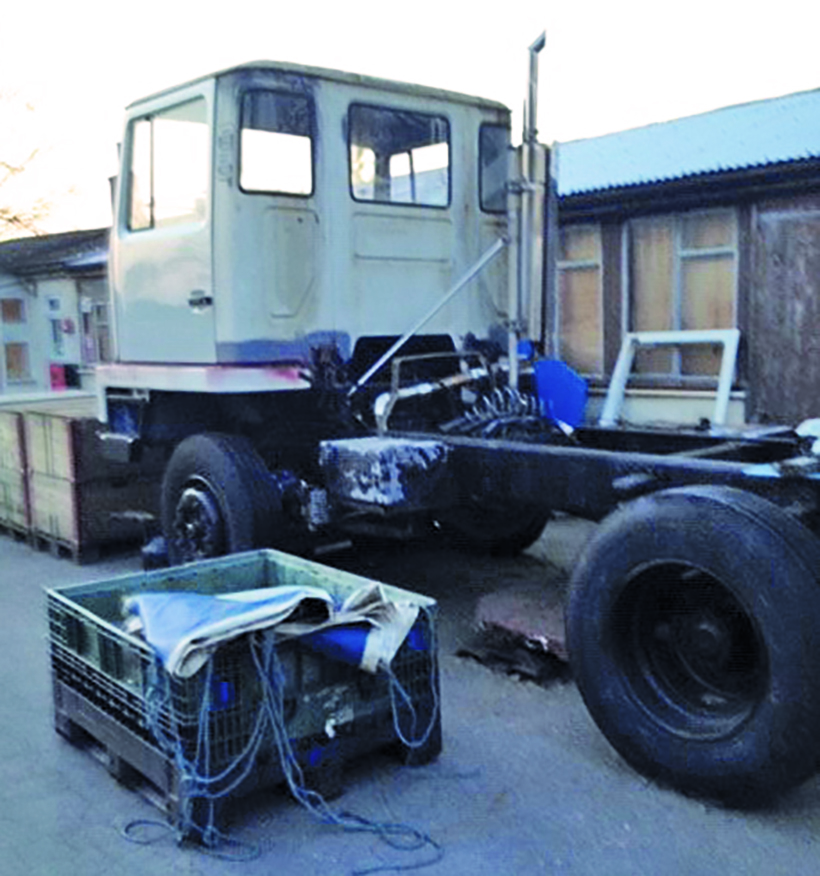
60,000 miles off-road!
Anyway, after the RTITB, the Bedford was sold to a farmer in the Midlands – again it’s unclear what it was used for though, given the lack of test and that it’s still only got 60,000 on the clock, off-road and/or seasonal work such as sugarbeet harvesting, seems likely. Then, in around 2000, it passed to Bob Hawkins, a south-east based enthusiast. Later that year it was shown by Bob, in ‘as received’ condition, at the final Cambridgeshire Bedford Gathering but, after that, little was done with it.
Cliff, however, became aware of the TM, and because of his personal connection to TMs in general, let it be known that were it ever to be offered for sale, he’d like to buy it. Eventually, in 2010, Cliff got the ‘about the Bedford’ telephone call he’d been hoping for, and a deal was agreed.
Cliff describes the Bedford, as he acquired it, as a ‘sellers lorry’ in that, despite the low mileage, it had been worked fairly hard and putting it back into the condition it’s now in, took a lot of work. The main problem was the cab. Water had got in via leaking glass rubbers, and there was extensive corrosion to the floorpan and lower sections, generally. The interior, too, was a bit of a mess; the headlining had dropped and it was very dirty and also damp; the result of years of farm work, followed by a decade spent doing nothing.
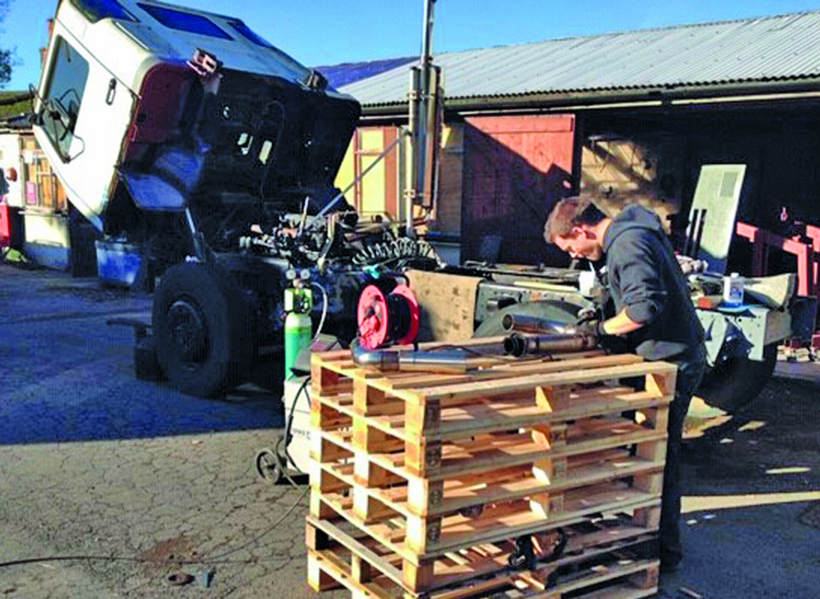
The cab floor turned out to need renewing on both sides, along with most of the support panels underneath. Cliff welded one side himself but, due to lack of time, he decided to get the other done professionally. There was, though, a slight snag with that. No fewer than three specialists, after quoting for the job, didn’t turn up to do it. In the end, on Bob Hawkin’s recommendation, Cliff gave the job to Nigel Bacon; a local specialist who’s worked for many local preservationists. His hourly rate was higher than anyone else, but he did a superb job. He also completed it in less time than any of the others had estimated, so the total cost was about the same.
New panels needed
As one would expect, a number of replacement panels were needed. As well as the floors and rear wings, the back of both front wings needed renewing, along with both cab doors. Many parts were obtained from ex-MoD specialists, Withams of Colsterworth – as well as panels they came up with a replacement headlining and numerous other odds and ends. Cliff also obtained an air con unit from the same source; bought basically because he could, and it has yet to be fitted.
Other parts that needed sourcing were a complete set of original wheels (the TM came with a very mixed set, but none was to the original specification) and a replacement bumper bar (which came from Mansfield) was needed as the original had been ‘farmyard welded’, and was totally out of shape. The wheels were shot-blasted and powder-coated. A new windscreen was also needed, the original having been badly scratched due to contact with wiper that had long-since lost their rubber blades. This came from Pilkingtons, via Graham Eaton.
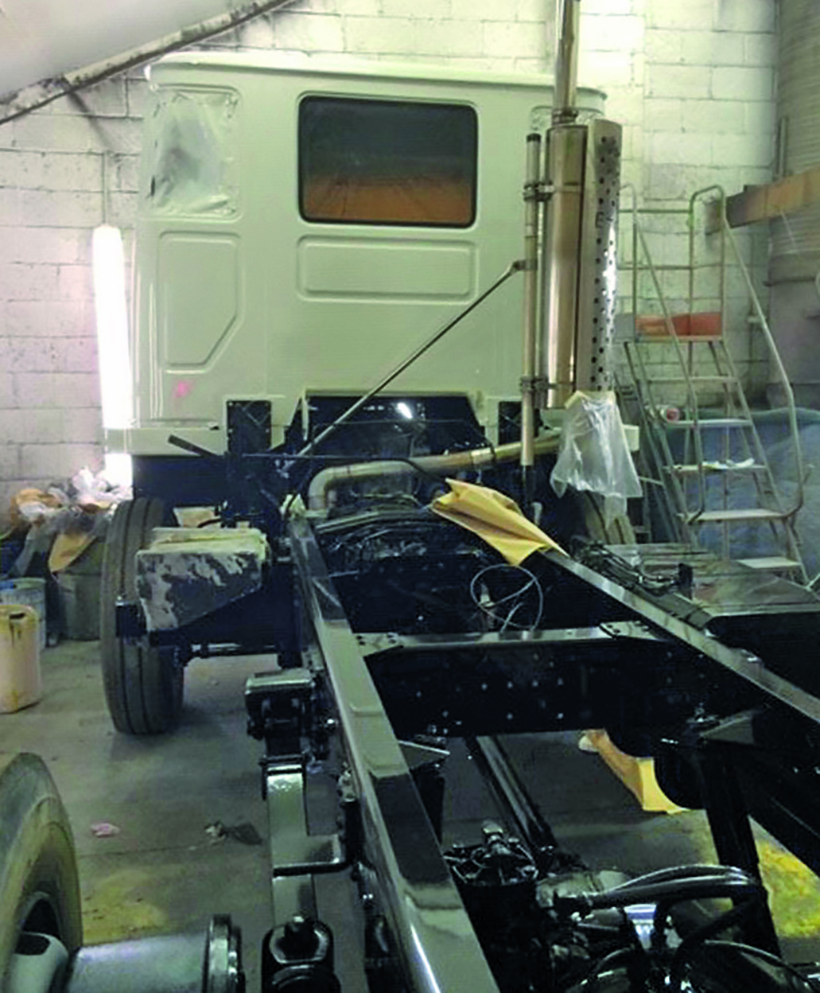
The chassis was stripped of most things, though the engine and gearbox remained in place. The chassis and cab were blasted and etch-primed in house, then painted by Gary Macullock, who is based near Gatwick and did an excellent job. In this context, it’s worth noting that the paintwork seen here was actually completed five years ago, and this lorry lives outside in the pallet yard, albeit surrounded by what Cliff calls an ‘exclusion zone’ as far as forklifts and the like are concerned!
Inside the cab, as well as the aforementioned headlining renewal, everything received a very thorough clean. Both seats have had their bases renewed, but the original driver’s seat back has been retained and refurbished. New rubbers were fitted for all the glass.
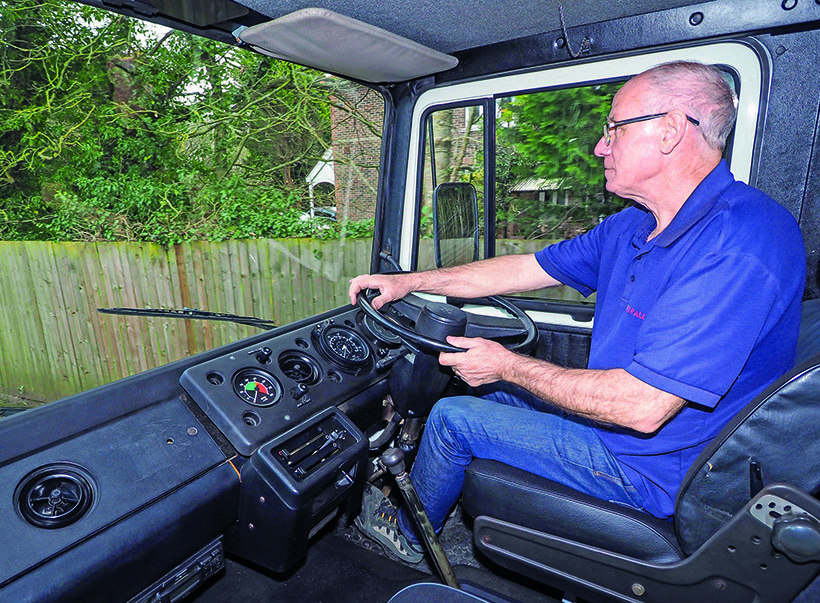
Mechanical matters
On the mechanical side, no work was needed to major components, beyond normal servicing, though all the chassis pipework has been renewed along with valves, brake components and so on, as required. Most of these parts here came from BTR in Worthing and Rose Autos of Crawley. Cliff has added period spotlights and reversing lights, both of which were factory options, along with an Equinox exhaust. This came from Truck Bizz, a lorry breaker in Hampshire, and is something Cliff always wanted on his working lorries, but could never afford or justify.
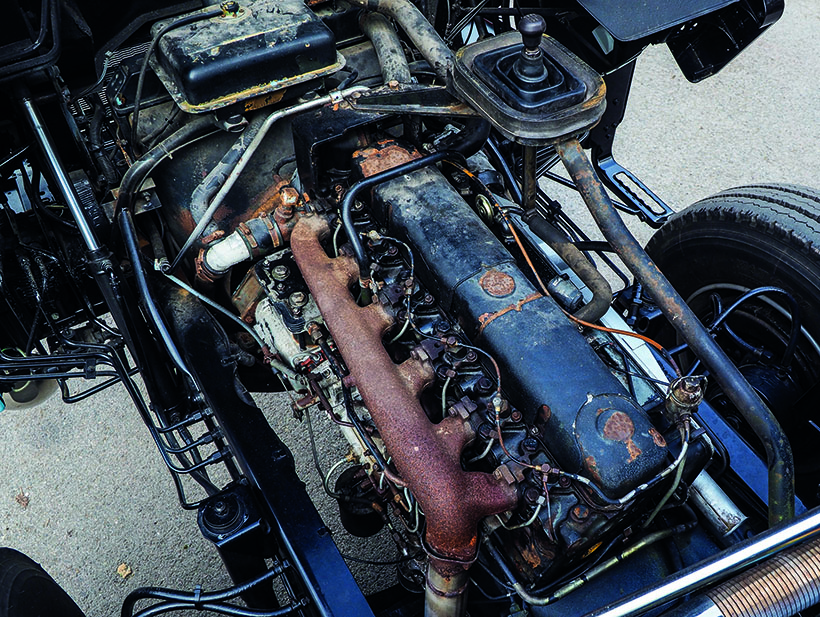
One issue has arisen recently, though. Just before our photoshoot, the starter motor failed. This is perhaps unsurprising; farm vehicles generally do short journeys, resulting in more ‘starts per mile’ than on vehicles with a more normal pattern of use. However, SED in Guildford repaired the motor, and the TM is now, once again, a first-time, every-time starter.
And really, that’s the story up to date. The plan was for the TM to be out at a few shows this year, but for reasons we all know about, that hasn’t happened. The Covid-19 closedown has also prevented Cliff from getting it MoT’d although, with nowhere to go, there wouldn’t be much point in testing it anyway! Hopefully things will be better in 2021…
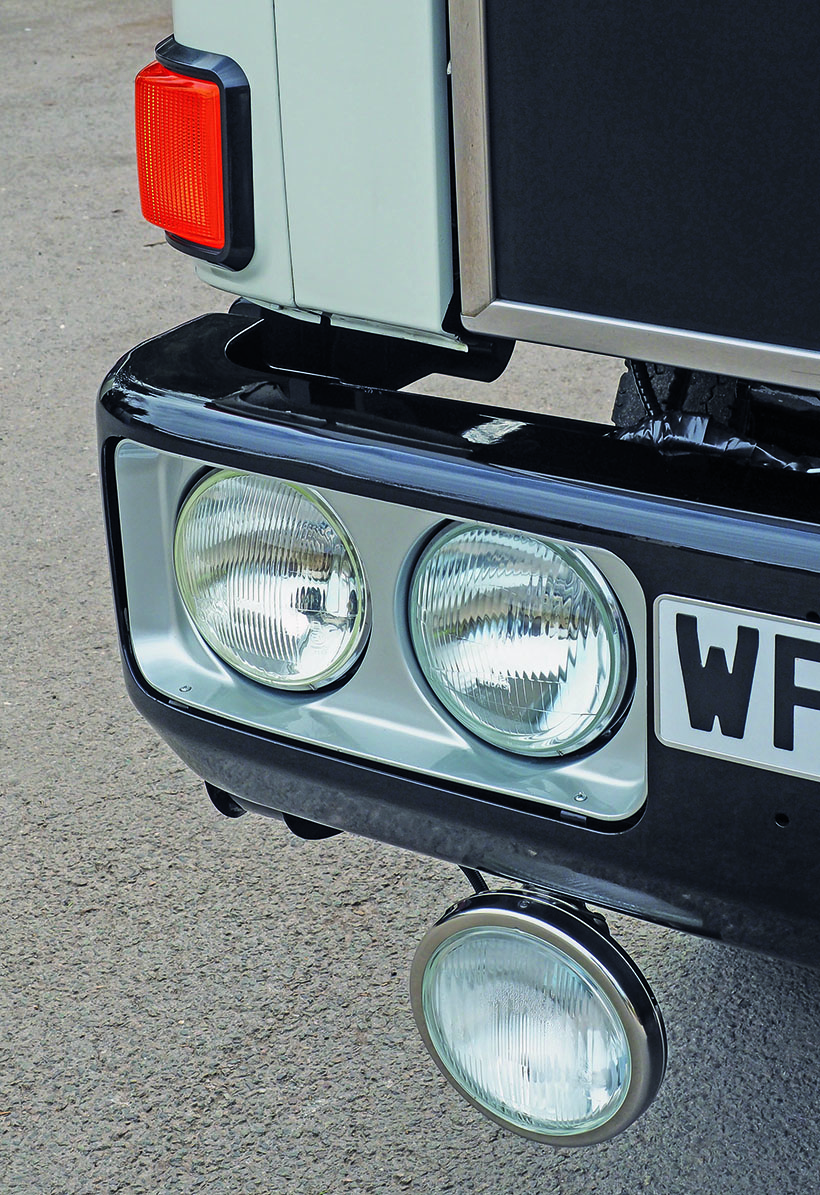
SPECIAL THANKS
Cliff would like to thank the following for their assistance with this project: Bob Hawkins for selling him the TM and putting him on to Nigel Bacon; Phil Taylor who’s ‘our fitter’ and his son, Clive, who helped and got some parts printed as well. Last, but not least, thanks to wife Sue and daughter Helen for ‘putting up with all this.’
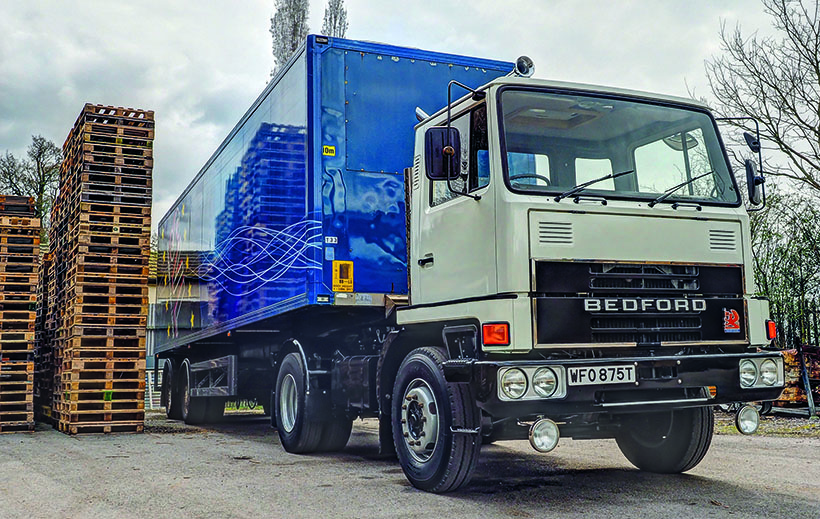
For a money-saving subscription to Classic & Vintage Commercials magazine, simply click here

